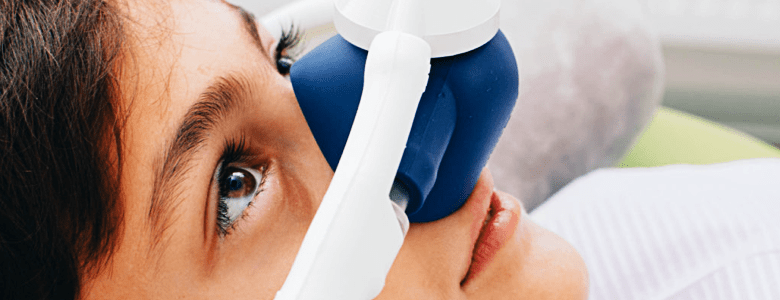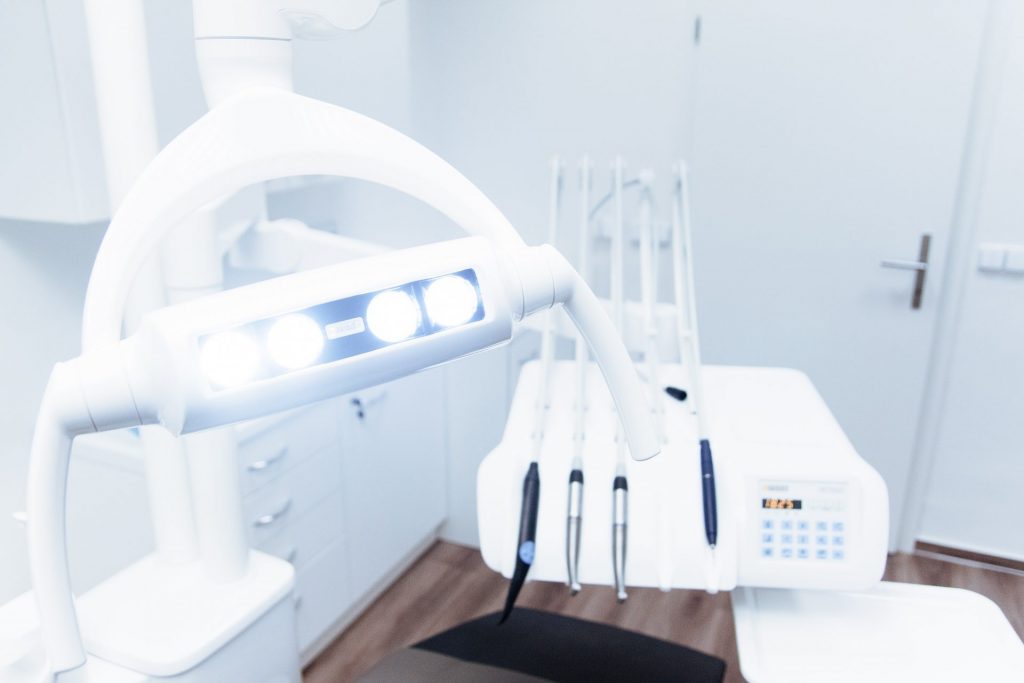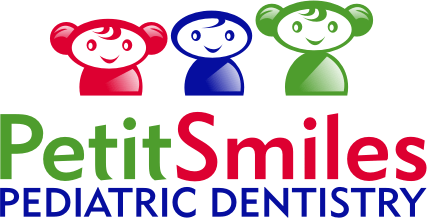
A Beginner’s Guide to Sedation in Dentistry for Children
Introduction
Visiting the dentist can be a daunting experience for children, and some may feel anxious or scared about dental procedures. Sedation in dentistry for children is a valuable tool to alleviate fear, anxiety, and discomfort, ensuring they receive the necessary dental care without unnecessary stress. This comprehensive guide by Petit Smiles, aims to provide parents, caregivers, and dental professionals with essential information about sedation in dentistry for children, its types, safety considerations, benefits, and potential risks. Remember to follow us on Instagram for more information.
- The Importance of Children’s Dental Health
A child’s dental health is crucial for their overall well-being and development. Early dental care sets the foundation for a lifetime of good oral hygiene habits, preventing dental issues and promoting healthy smiles. Regular dental check-ups are essential, and sedation can play a significant role in ensuring children receive the best possible dental care.
- Understanding Sedation in Dentistry for Children
Sedation in dentistry involves using medication to help children relax during dental procedures. It is different from anesthesia, which numbs pain, as sedation primarily aims to reduce anxiety and keep the child comfortable throughout the treatment. Various levels of sedation can be utilized, depending on the child’s age, medical history, and the complexity of the dental procedure.
- Types of Sedation Used in Pediatric Dentistry
a) Nitrous Oxide (Laughing Gas): Nitrous oxide is a commonly used and safe sedation method for children. It is delivered through a small mask placed over the child’s nose, inducing a feeling of relaxation and euphoria.
b) Oral Sedation: This method involves administering medication in the form of a pill or liquid to be taken by mouth. It is often used for mildly anxious children or those undergoing minor dental procedures.
c) Intravenous (IV) Sedation: IV sedation involves administering sedative drugs through a vein, inducing a deeper level of sedation. It is suitable for more extensive dental treatments or children with severe dental anxiety.
d) General Anesthesia: General anesthesia renders the child unconscious, allowing the dentist to perform complex dental procedures while the child is completely unaware and immobile. This level of sedation is typically used for very young children or those with special needs.

- The Role of the Pediatric Dentist and Anesthesiologist
A Pediatric Dentist plays a vital role in assessing a child’s dental health, identifying the need for sedation, and discussing the available sedation options with parents or caregivers. An experienced anesthesiologist, when involved, administers and monitors the sedation process, ensuring the child’s safety throughout the procedure.
- Safety Considerations and Precautions
Safety is of utmost importance when it comes to sedation in pediatric dentistry. Before any sedation is administered, a thorough medical history review is conducted to identify any potential risks or contraindications. Proper monitoring equipment is used during the procedure to assess vital signs continuously.
- Benefits of Sedation in Pediatric Dentistry
Sedation provides numerous benefits for children, parents, and dental professionals:
- Reducing anxiety and fear: Sedation helps alleviate anxiety, ensuring a more positive dental experience for the child.
- Effective treatment completion: With sedation, dentists can perform complex procedures more efficiently and accurately.
- Preventing negative associations: A positive sedation experience can prevent children from developing dental phobias in the future.
- The Sedation Process: What to Expect
Parents and caregivers play a crucial role in preparing children for sedation. Proper pre-sedation guidelines, such as fasting before the procedure, will be provided by the dental team. During the procedure, parents may be allowed to stay with the child until they are sedated.
- Post-Sedation Care
After the dental procedure, children will be monitored until they are fully awake and recovered. The dental team will provide post-sedation care instructions, which may include dietary restrictions and activity guidelines for the remainder of the day.
- Potential Risks and Complications
Though sedation in dentistry for children is generally safe, there are some potential risks involved. The dental team and anesthesiologist will discuss these risks with parents or caregivers before the procedure to ensure informed consent.
Conclusion
Sedation in dentistry for children can significantly improve the dental experience for young patients, helping them maintain good oral health and prevent dental issues. When administered under proper supervision and with appropriate safety precautions, sedation can be a valuable tool in ensuring children receive the dental care they need without unnecessary stress or fear. By being well-informed about sedation options and engaging with Our Qualified Pediatric Dentists and Anesthesiologist, parents and caregivers can confidently support their children’s oral health journey.
We invite you to contact us anytime with questions, comments, requests or suggestions. We have two convenient locations serving Coral Gables, Fl, and Doral, Fl.


